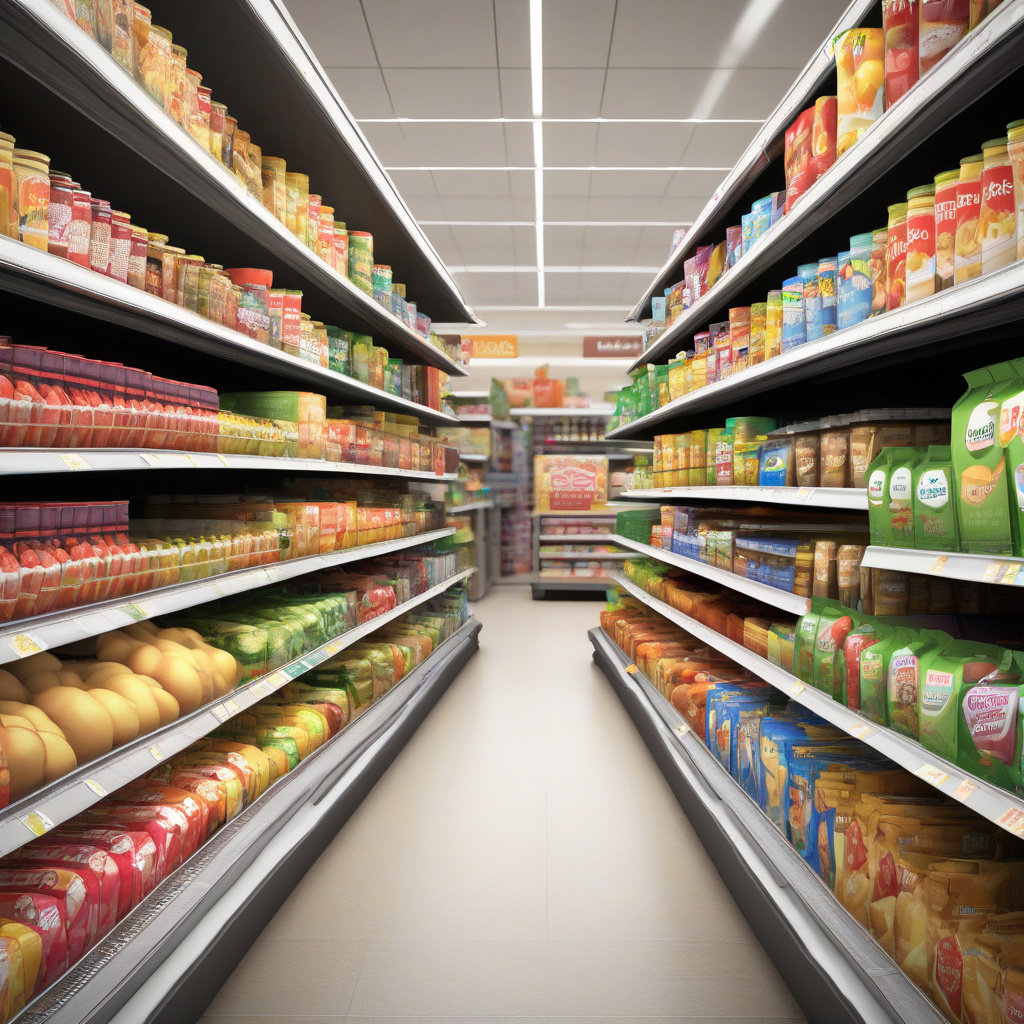How Tariffs and Inflation are Shaping Consumer Grocery Spending Habits
In recent years, the global economy has seen its fair share of challenges, with tariffs and inflation rates playing a significant role in shaping consumer behavior. One of the most noticeable areas where these economic factors are impacting individuals is in their grocery spending habits. As tariffs on imported goods and services increase and inflation drives up the cost of living, consumers are being forced to adapt and make changes to their shopping routines.
The Impact of Tariffs on Grocery Prices
Tariffs are essentially taxes imposed on imported goods and services, making them more expensive for consumers. When tariffs are placed on products like fruits, vegetables, meats, and other grocery items, it directly affects the prices that consumers see at their local supermarkets. For example, tariffs on imported fruits can lead to a decrease in supply, driving up prices for consumers who still wish to purchase these items.
In the face of such price hikes, consumers are left with a dilemma: either pay more for their favorite imported goods or opt for cheaper, locally produced alternatives. This shift in consumer behavior not only impacts individual shopping habits but also has wider implications for the retail and agriculture industries as a whole.
The Role of Inflation in Grocery Spending
Inflation, on the other hand, refers to the general increase in prices of goods and services over time, eroding the purchasing power of consumers. As inflation rates rise, the cost of groceries also tends to increase, putting further strain on the wallets of shoppers. Inflation can be particularly challenging for low and middle-income households, as they may need to readjust their grocery budgets to accommodate the rising prices.
To cope with inflation, consumers often resort to various strategies such as buying generic brands, purchasing in bulk to take advantage of lower unit prices, or cutting down on non-essential items. These changes in purchasing behavior not only reflect the immediate impact of inflation on grocery spending but also signal broader economic uncertainties that influence consumer confidence and overall retail trends.
Adapting to the New Normal
In light of these economic challenges, grocery retailers are also facing pressure to adapt their strategies to meet changing consumer needs. Many supermarkets are now offering more discounts, promotions, and loyalty programs to help consumers save money on their grocery bills. Additionally, retailers are placing a greater emphasis on locally sourced products to provide consumers with affordable alternatives to imported goods.
E-commerce platforms are also playing a significant role in reshaping the grocery shopping experience. Online grocery shopping allows consumers to compare prices easily, take advantage of exclusive online deals, and have their groceries delivered to their doorstep, saving both time and money. As a result, many consumers are turning to online channels to fulfill their grocery needs in a more cost-effective manner.
Looking Ahead
As tariffs and inflation continue to influence consumer grocery spending habits, it is essential for retailers to stay agile and responsive to these changing dynamics. By understanding the challenges that consumers face and tailoring their offerings to meet evolving needs, grocery retailers can build customer loyalty and drive growth even in the face of economic uncertainties.
Ultimately, the interplay between tariffs, inflation, and consumer behavior underscores the complex relationship between economic factors and everyday shopping decisions. By navigating these challenges with creativity and innovation, both consumers and retailers can find new opportunities to thrive in an ever-changing market landscape.
#Tariffs, #Inflation, #GrocerySpending, #RetailTrends, #ConsumerBehavior
